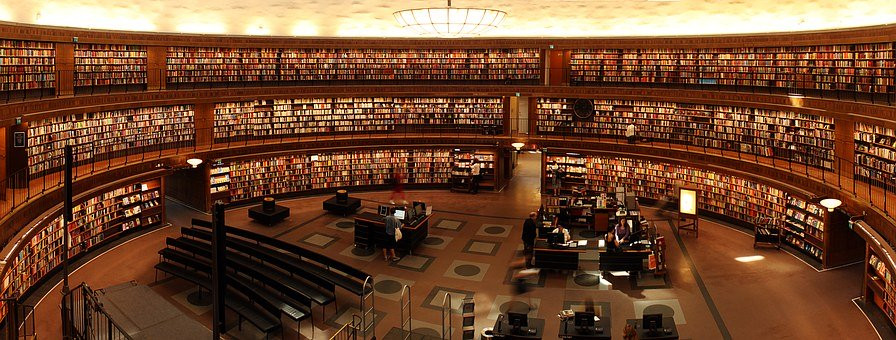COURSE AGENDA
Module I: Football Tactics
1.- History of football.
2.- Basic terminology.
3.- Tactics.
4.- Fundamental principles of tactics.
5.- Tactical systems.
6.- Strategic actions.
7.- Tactical objectives for football teams according to the different ages.
Module II: Football Technique
1.- Sport technique.
Individual and collective technique with the ball. 3.
3.- Ball control.
4.- Handling the ball.
5.- Handling the ball.
6.- Striking with the foot.
7.- Striking with the head.
8.- Dribbling.
9.- Shooting.
10.- Collective technique.
11.- Intercepting and recovering the ball.
12.- Goalkeeper technique.
13.- Strategy.
14.- Technical training.
15.- Technical preparation.
16.- Physical conditional capacities and their relation with football technique. 17.
17.- Perceptive-motor qualities and their relation with football technique. 18.
18.- Facilitating qualities and their relation with the technique of football:
19.- Technical objectives for football teams according to the different ages.
Module III: Training Methodology
Fundamentals of the teaching-learning process in football. 2.
Theoretical bases.
3.- The objectives.
4.- The contents.
5.- The activities.
6.- The methods.
7.- The styles.
8.- Resources.
9.- Evaluation.
10.- The session.
11.- The means.
12.- Explanation of the technical gesture.
13.- The demonstration of the technical gesture.
The execution of the technical gesture by the student. 15.
The correction of the defects in the execution of the technical gesture. 16.
16.- Motivation for the learning of the football technique.
Module IV: Team Management
1.- The football player.
2.- The coach.
3.- The responsibility of the trainer of young football players.
4.- The non-sporting human groups of influence.
5.- Football as a game.
6.- The football referee.
7.- Communication in football teaching.
8.- The roles of the coach.
9.- The management of football teams during training. 10.
10.- The management of football teams during the competition.
Module V: Sports Safety
1.- Health and football practice. Preventive and safety actions.
The most frequent overload injuries in football. 3.
The most frequent injuries due to indirect agents. 4.
Disorders caused by the action of social relations. 5.
5.- Importance of the sports-medical examination as an insurance for the sportsperson.

 Information about cookies
Information about cookies
